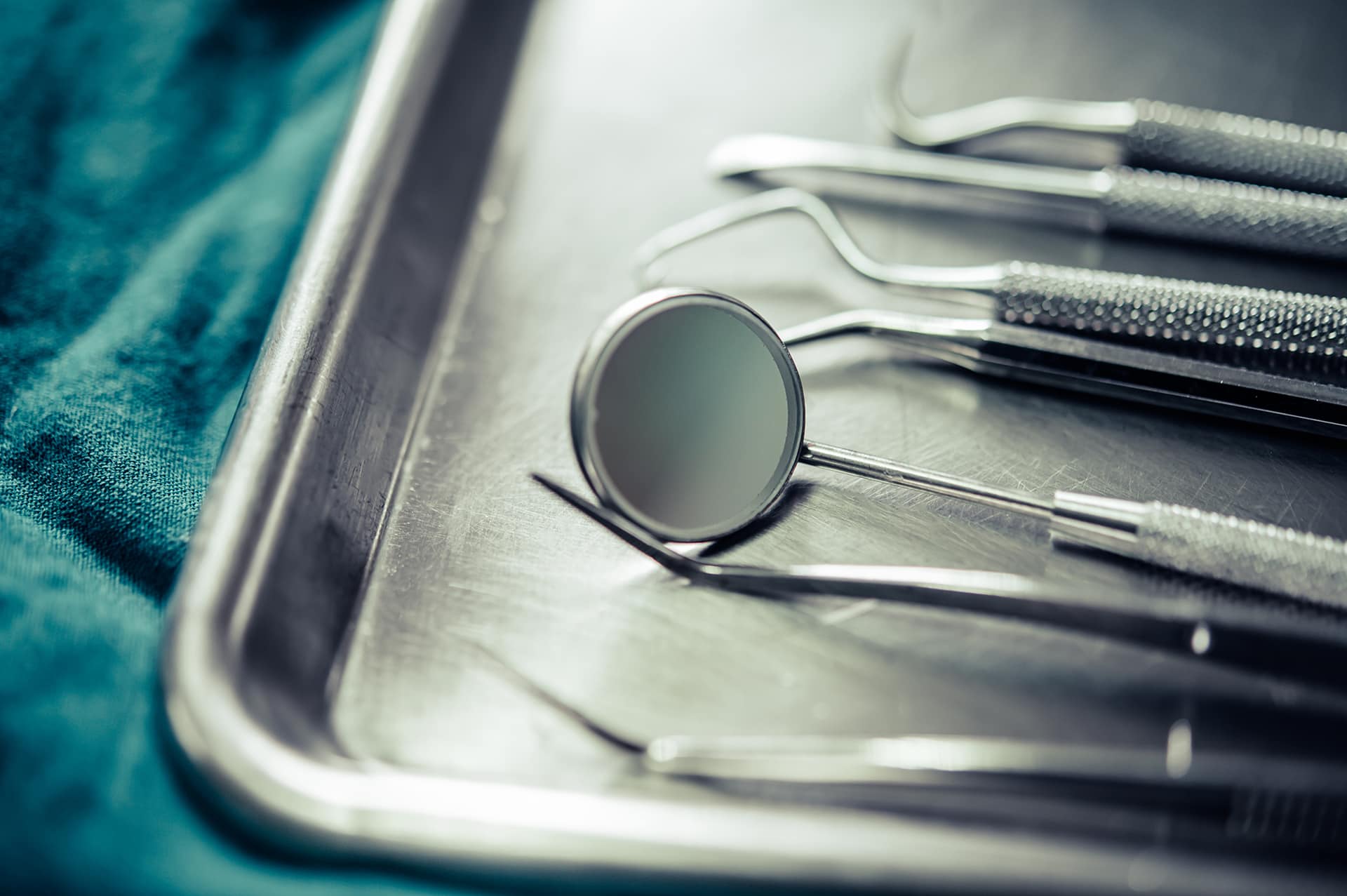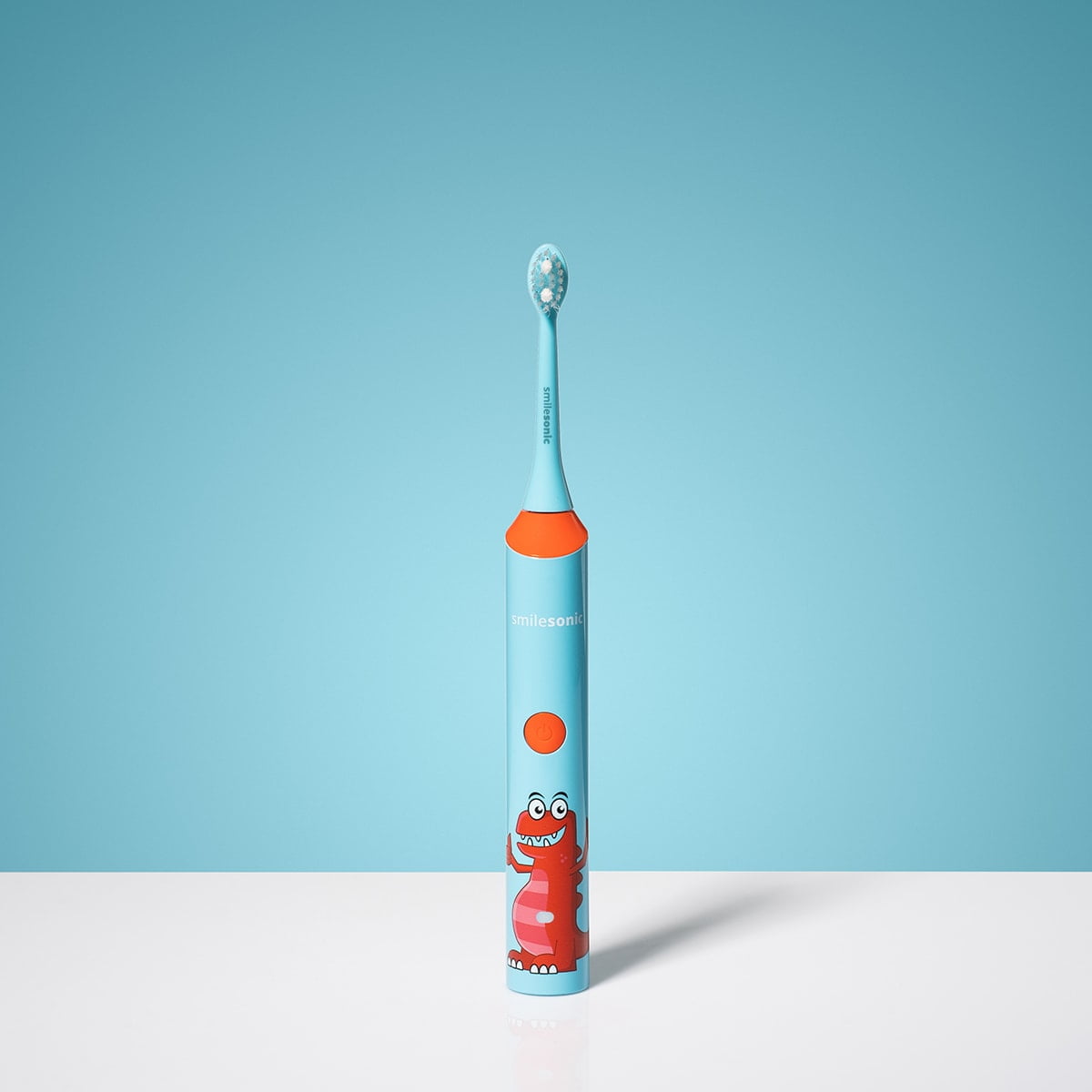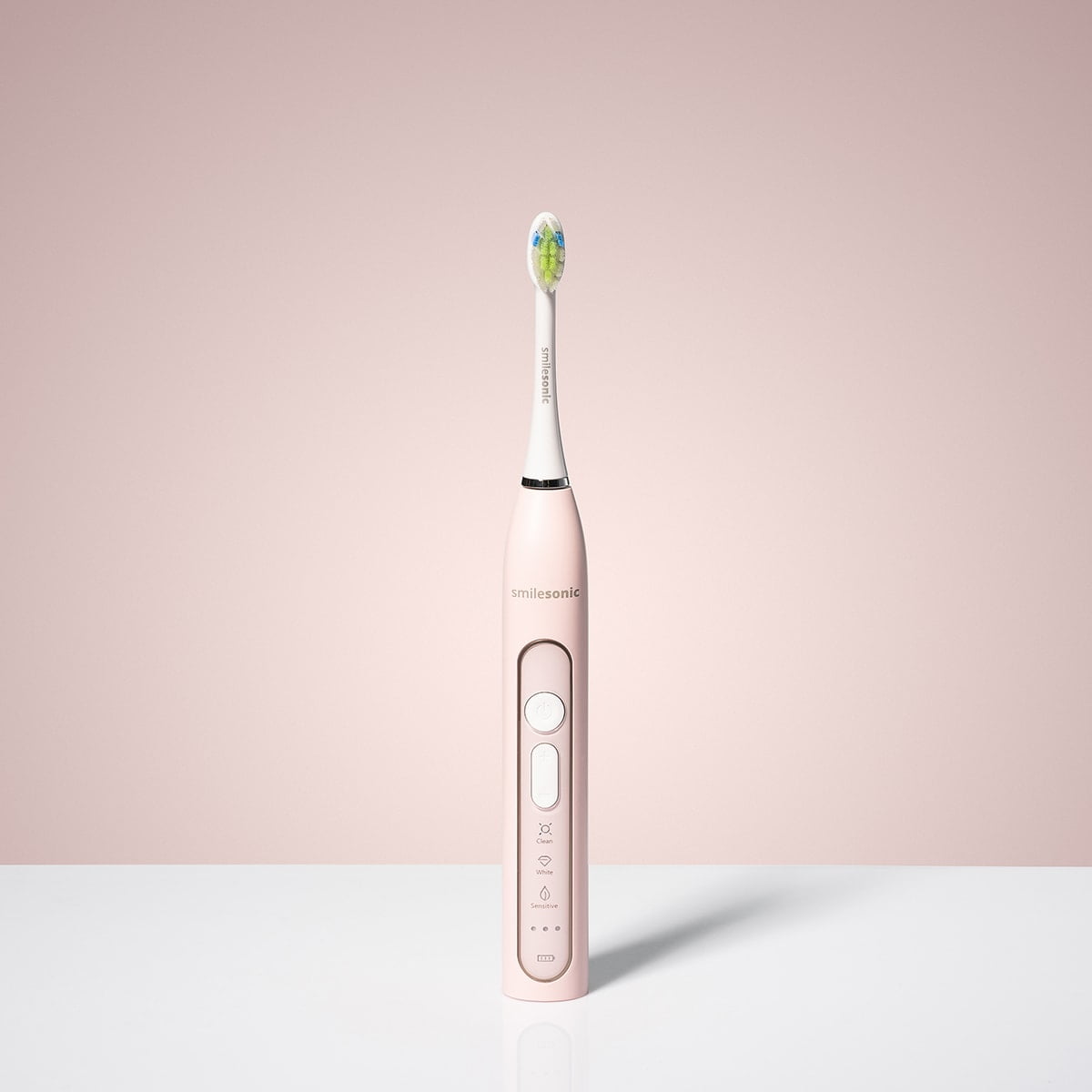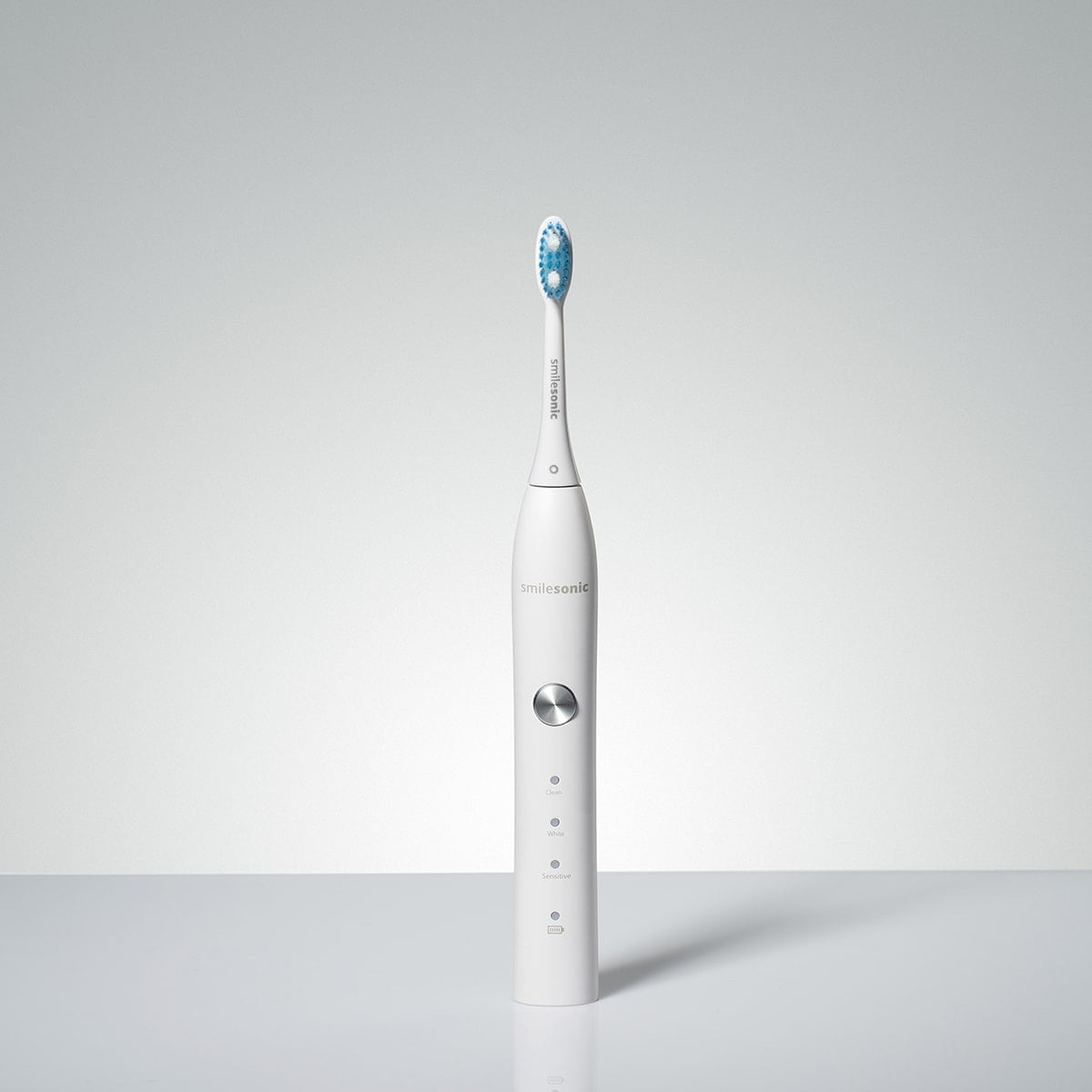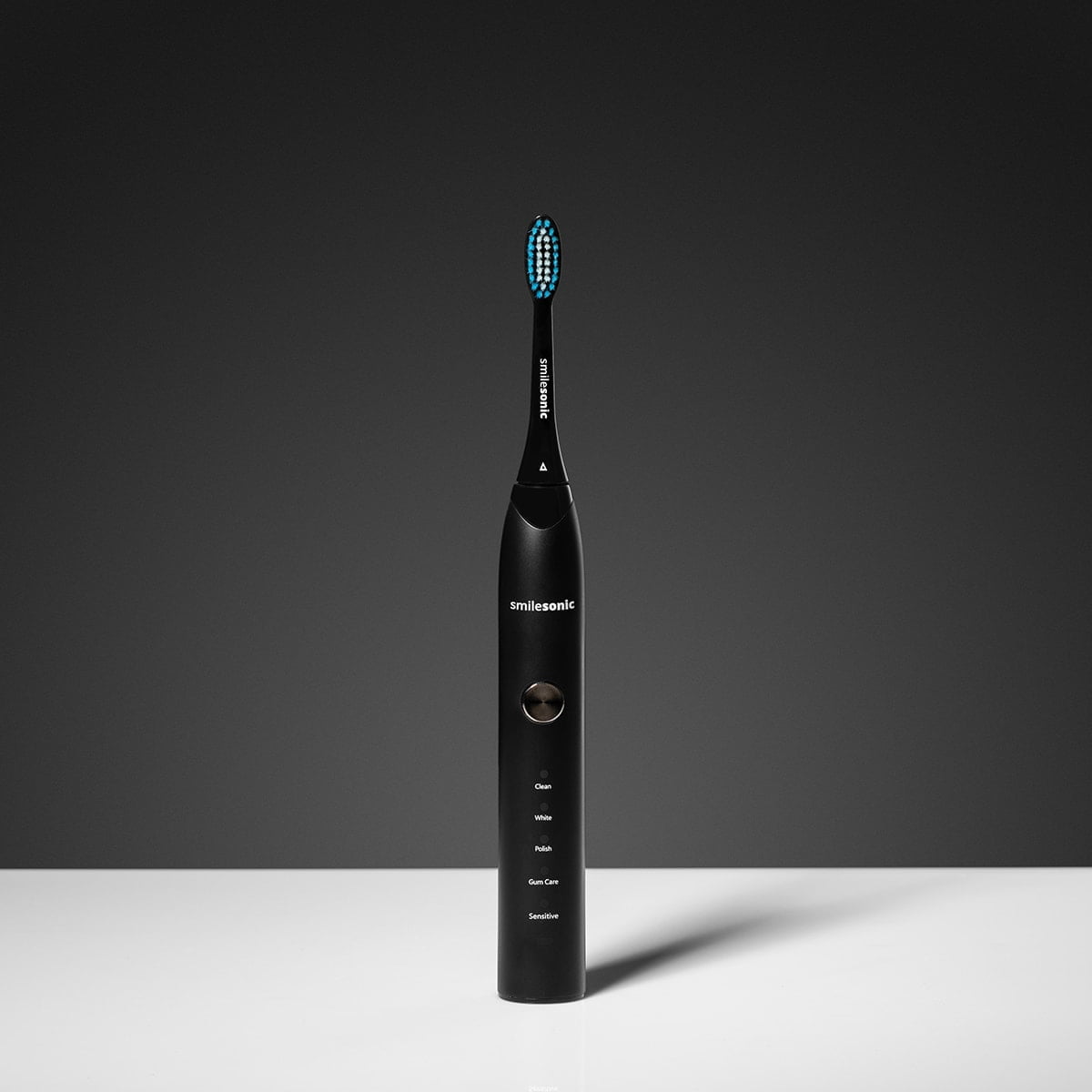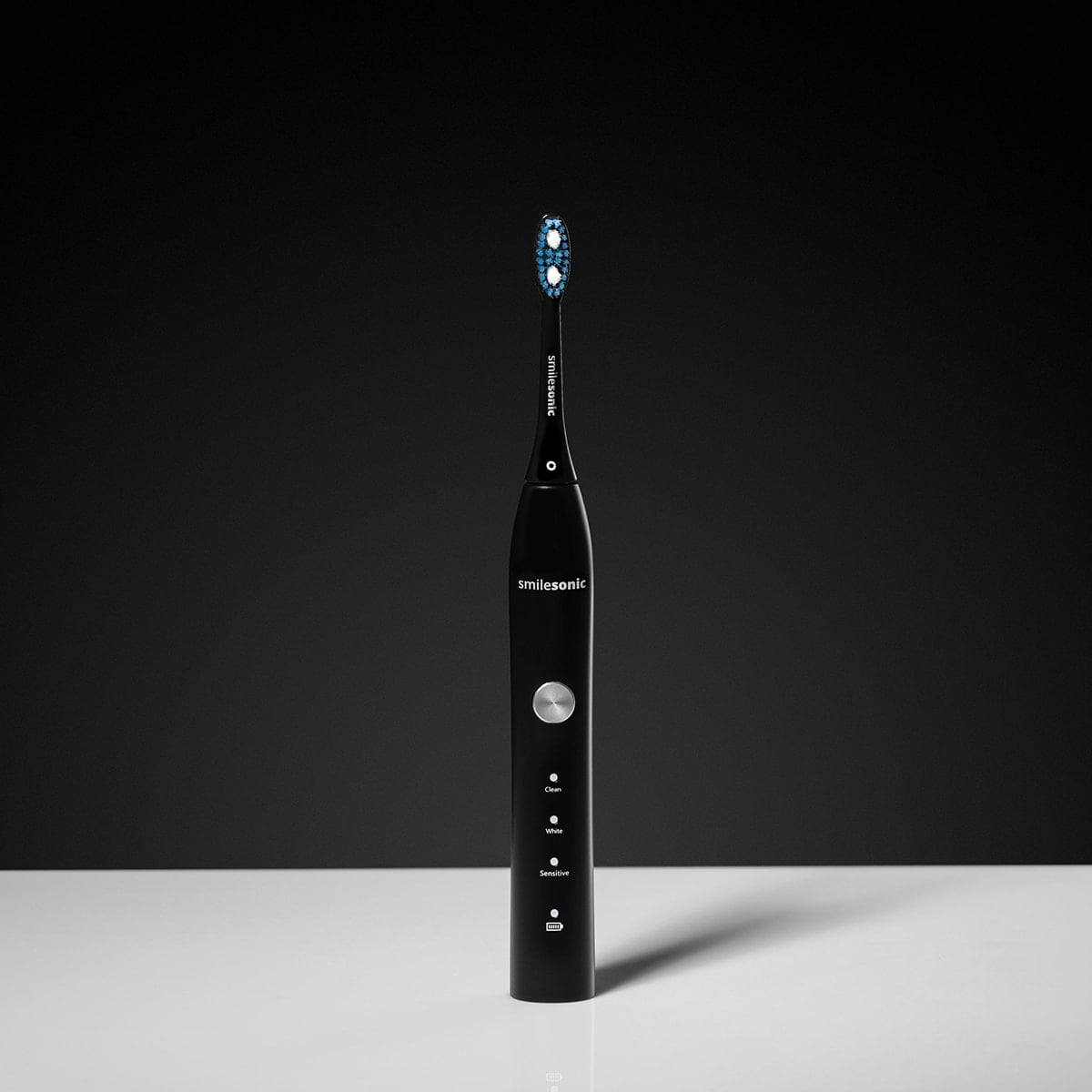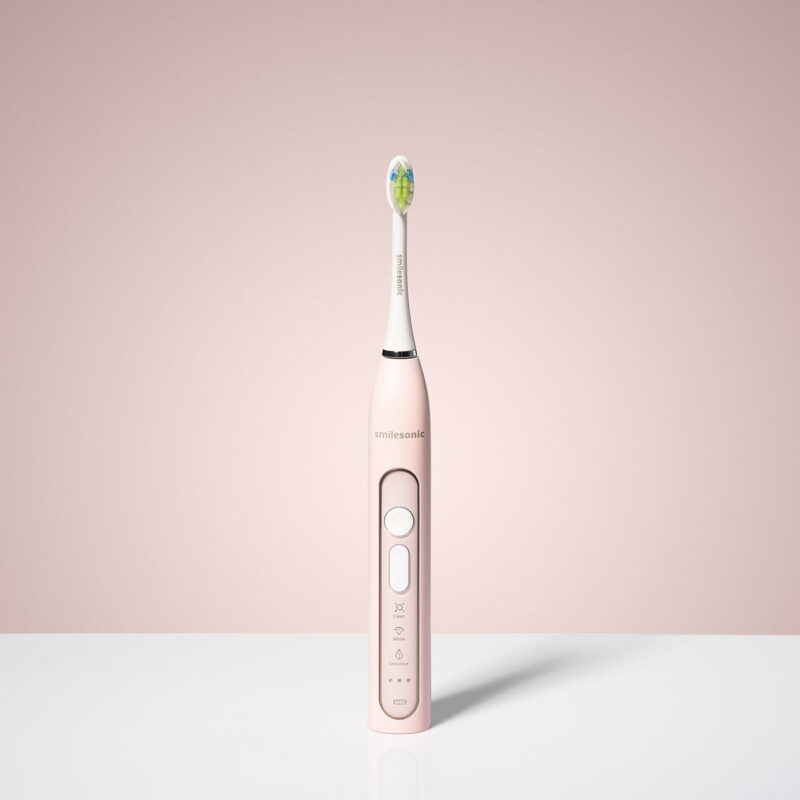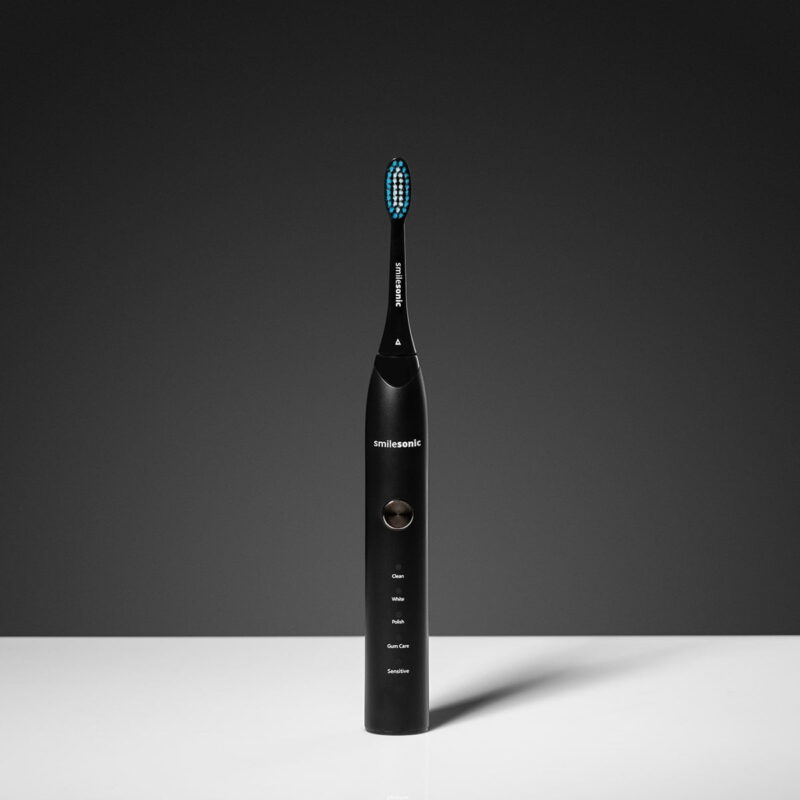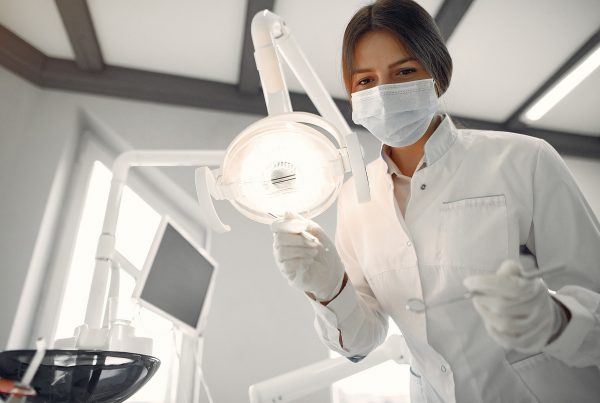How to effectively deal with plaque?
We need to be aware that after each meal plaque appears on our teeth. Sometimes you can notice it yourself – most often it takes on a yellowish or brownish shade, unaesthetically discoloring the enamel. This deposit is professionally referred to as dental plaque. It is a soft plaque, thanks to which we can get rid of it from teeth with daily brushing. However, if we neglect plaque removal, it will harden over time, turning into tartar, which is much harder to remove. In today’s text, you will learn how dental plaque develops and how to effectively fight it.
What is dental plaque?
We ourselves cause the formation of dental plaque, whether we like it or not, by eating and drinking every day. Food debris easily sticks to teeth, and as it accumulates, it creates a friendly environment for bacteria development. In the initial phase these are non-cariogenic bacteria, but with time we may also encounter carious bacteria. It is due to them that holes appear in teeth, which then need to be filled with fillings or canal treatment.
Dental caries is not the only problem caused by bacteria accumulating in the oral cavity. Microorganisms can also attack the enamel, demineralizing it. As a result of this process, enamel becomes weaker and more susceptible to injury. Deposits on teeth also have a very bad impact on the gums – they often lead to gingivitis and periodontal disease. The most dangerous among them – periodontitis – may even lead to tooth loss.
How to deal with dental plaque?
Dental plaque remains with us for several hours after eating a meal. After that time it undergoes mineralization, i.e. transforms into tartar. Unfortunately, it is virtually impossible to remove this deposit using home methods. In case it develops, the only solution is a visit to the dentist’s office and undergoing scaling (professional removal of tartar). Such procedure is best repeated prophylactically once every six months. Complementing scaling is sandblasting, i.e. an operation aimed at removing stains from the enamel surface with the use of a so-called sandblaster. It involves the dentist spraying the teeth with water mixed with a special abrasive. Sandblasting takes about twenty minutes, is painless and gives really satisfactory results.
However, if no tartar has formed in our mouth yet, and we are still dealing “only” with dental plaque, home methods will be sufficient to clean our teeth. First of all, remember to brush your teeth regularly – diligent oral hygiene is key in the fight against dental plaque. We should use a toothbrush at least twice a day and supplement this activity with removing plaque from the gaps between teeth with dental floss or an irrigator. You should also remember not to brush your teeth immediately after a meal – all because several minutes after eating anything there are still acids in your mouth that can lead to softening and weakening of the enamel. It is recommended to wait about 30 minutes before brushing after a meal.
However, brushing your teeth with a toothbrush and flossing are not the only ways to get rid of plaque from your mouth. You can also use for this purpose:
- lemon juice – not only is it great at killing bacteria and has cleansing properties, but it also subtly lightens the color of your enamel. Just squeeze a few drops of lemon on your toothpaste and then brush your teeth with it. You can also mix lemon with water in a cup to make an excellent mouthwash;
- Apple cider vinegar – another ingredient that is great at dealing with bacteria. It has been proven to not only reduce plaque, but also help prevent periodontitis and gum disease. Preparing mouthwash on the basis of apple cider vinegar is “simple” – you just need to add a tablespoon of vinegar to a glass of water. You can safely rinse your mouth with such a preparation even every day;
- baking soda – wonderfully removes impurities from the enamel surface, effectively brightens teeth and deals with plaque. To use this method, you can add a small amount of baking soda to the toothpaste you use every day to brush your teeth. However, it is important not to use soda too often, as in the long run it can be invasive to the enamel.
Invest in a Smilesonic sonic toothbrush
You already know that the key to fighting plaque is diligent brushing. Unfortunately, most of us have a problem with this activity using a manual toothbrush – we don’t know the proper technique for brushing, and often because of our daily hustle we don’t remember to brush for the recommended two minutes. To make matters worse, even the most skilled user cannot remove bacteria from hard-to-reach areas with a manual toothbrush. This is why you should consider buying a Smilesonic sonic toothbrush.
This device has a sonic wave generator installed in its handle, which allows the bristles to work at a frequency of about 260 Hz. This frequency causes the tip of the toothbrush to vibrate while you brush your teeth, combining saliva and toothpaste. This creates tiny cleaning particles in your mouth, which allow you to effectively remove plaque not only from the enamel surface, but also from hard-to-reach areas. Our Smilesonic sonic toothbrushes do not require the user to have a proper cleaning technique, as all movements are automatic. The timers installed in them make sure that you always brush your teeth for the recommended two minutes.
